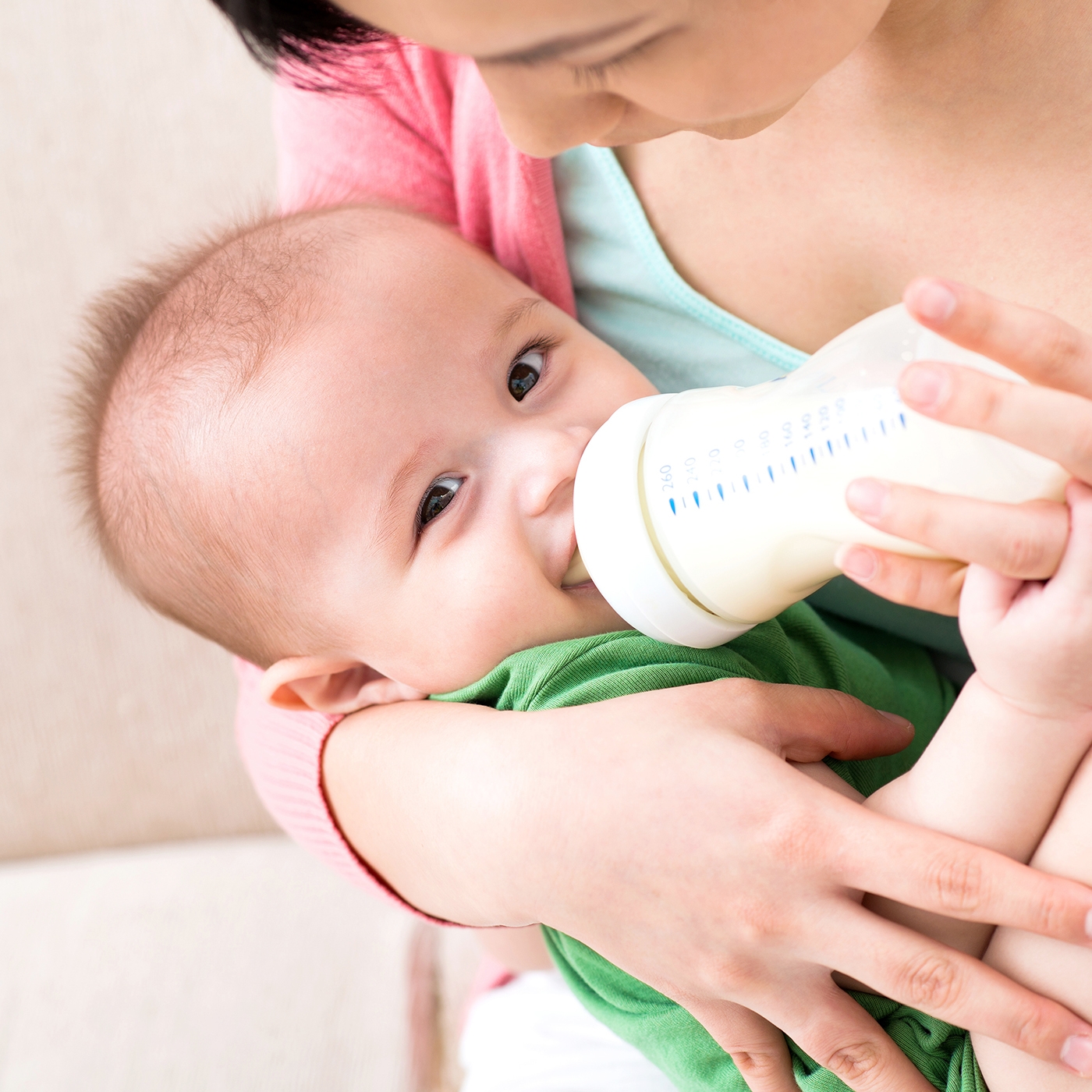
Cavities in young children are not only about diet. Prolonged bottle use often leads to sugar exposure during sleep and naps. When milk or juice sits in the mouth overnight, bacteria thrive. These bacteria feed on sugars, producing acid that wears down baby teeth. The upper front teeth are especially vulnerable, as liquid pools near them. Children who fall asleep with bottles in their mouth risk developing decay early. Even formula and breast milk contain natural sugars that contribute to this process. The problem builds slowly and may remain unnoticed until significant enamel loss occurs.
Visible brown or white spots may be early signs of tooth decay
Tooth decay in infants rarely causes pain at first. Visible brown or white spots may be early signs of tooth decay. These changes usually start near the gum line or on the biting surfaces. Caregivers may mistake them for food stains or discoloration from minerals. Over time, these spots deepen and form pits. The teeth may become sensitive to cold or brushing. If untreated, decay can spread to neighboring teeth. Infection may develop, leading to swelling or gum irritation. Early detection depends on knowing what to look for inside a child’s mouth.
Milk, juice, and formula all contain sugars that feed harmful bacteria
Even natural sources of sugar can damage teeth. Milk, juice, and formula all contain sugars that feed harmful bacteria. Lactose in milk acts similarly to added sugars when left on teeth. Frequent bottle feeding throughout the day increases the number of sugar exposures. Juice, even diluted, raises the acid level in the mouth. Each sip restarts the cycle of acid production. Rinsing the mouth after feeding isn’t common in infants, making sugar removal difficult. The combination of sugar, time, and bacteria eventually breaks down enamel strength.
Bacteria in the mouth convert sugar into acid, which weakens enamel layers
The presence of bacteria alone isn’t harmful. Bacteria in the mouth convert sugar into acid, which weakens enamel layers. Once the protective outer layer is eroded, the tooth becomes vulnerable. Children’s enamel is thinner than adult enamel, which speeds the decay process. Saliva helps neutralize acid, but it’s reduced during sleep. This means nighttime feedings are especially risky. Without cleaning, acid remains on the teeth for hours. The cycle continues with each feeding, silently damaging dental health before the first dental visit.
Pacifiers dipped in honey or juice can accelerate decay in baby teeth
Not all sugar exposure comes from bottles. Pacifiers dipped in honey or juice can accelerate decay in baby teeth. This practice is often used to calm infants or help them sleep. However, sugar clings to teeth longer than most liquids. Sucking spreads the sugar across all surfaces, coating molars and front teeth. The risk is higher when this becomes a daily habit. Some parents believe natural sweeteners are safer, but they have similar effects on enamel. Combined with bottle use, the risk of cavities increases significantly.
Teeth that appear discolored or chipped may already have underlying decay
Early dental damage isn’t always easy to see. Teeth that appear discolored or chipped may already have underlying decay. Children may not complain about pain until the problem worsens. Small chips or color changes often go unnoticed during brushing. These may be the first signs of structural weakening. Once enamel breaks, decay spreads quickly inside the tooth. Cavities deepen, reaching the nerves, which can lead to infection. This often requires urgent dental care. Avoiding bottle-related decay means acting before these changes appear.
Cleaning baby teeth should begin as soon as the first tooth erupts
Oral care starts earlier than many assume. Cleaning baby teeth should begin as soon as the first tooth erupts. Even a soft cloth or finger brush can help remove residue. Parents often delay brushing, assuming baby teeth are temporary. But early hygiene builds healthy habits and prevents early decay. Brushing twice daily with water or a small smear of toothpaste is recommended. Regular cleaning removes food and sugar buildup, disrupting bacterial growth. It also introduces children to the process of oral care before complications arise.
Shared utensils or licking pacifiers can transfer cavity-causing bacteria
Cavity risk isn’t only about what babies consume. Shared utensils or licking pacifiers can transfer cavity-causing bacteria. Parents with untreated dental issues may pass bacteria to their child unknowingly. Saliva carries Streptococcus mutans, a common cavity-causing organism. Once introduced, the bacteria colonize the baby’s mouth. Combined with sugary feedings, this sets the stage for rapid decay. Avoiding saliva transfer helps lower the child’s bacterial load early. Using separate utensils and avoiding mouth contact with pacifiers are small but effective preventive steps.
Pediatric dental visits help detect early problems before they cause pain or infection
Many parents wait until problems appear to seek care. Pediatric dental visits help detect early problems before they cause pain or infection. Dentists can identify subtle enamel changes and provide specific hygiene advice. Fluoride treatments may be offered to strengthen teeth. These visits also teach caregivers how to reduce feeding-related risks. Starting exams by age one builds comfort and trust. Prevention often begins with guidance, not treatment. Addressing habits like prolonged bottle use early improves dental outcomes over time.
Gradually replacing bottles with cups reduces sugar exposure over the day
Transitioning away from bottles is key to reducing decay risk. Gradually replacing bottles with cups reduces sugar exposure over the day. Open or straw cups train children to sip and swallow quickly. This limits the time sugar remains in the mouth. Pediatricians recommend introducing cups around 6 months and phasing out bottles by 12 to 18 months. Delayed transition increases nighttime feeding and sugar contact. Replacing milk with water during naps also lowers cavity risk. These small changes reshape daily routines and protect developing teeth.
Baby teeth serve as placeholders and protect speech and jaw development
Many assume baby teeth aren’t important. Baby teeth serve as placeholders and protect speech and jaw development. Losing them early can affect how permanent teeth emerge. Cavities that spread may require extraction, leaving gaps that affect alignment. This can impact chewing, speech clarity, and facial growth. Healthy baby teeth guide the adult teeth into proper position. Treating cavities early avoids long-term complications. Preventing decay supports more than just a child’s smile—it shapes their overall development.
Early education and consistent care reduce the impact of sugar and bacteria
Prevention depends on habits more than treatments. Early education and consistent care reduce the impact of sugar and bacteria. Understanding how feeding habits affect dental health empowers caregivers. Avoiding nighttime bottles, cleaning gums daily, and watching for early signs all matter. Dental visits provide clarity and direction. These routines do not need to be perfect, but they must be regular. With time, children learn to care for their own teeth. That process starts with protection, not correction.
Source: Pediatric Dentistry in Dubai / Pediatric Dentistry in Abu Dhabi
